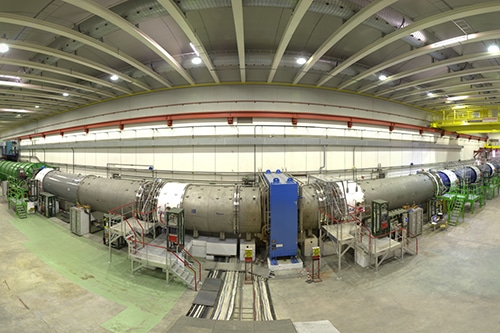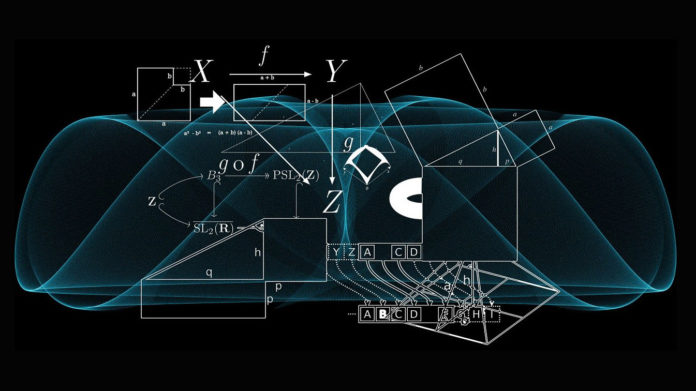The decay procedure is significant in cutting- edge physics research since it is so sensitive to deviations from theoretical predictions. This implies it is one of the most intriguing things to observe for physicists searching for proof to underpins the elective theoretical model in physics.
Scientists at CERN have reported on their first significant evidence for the ultra-rare decay of the charged kaon into a charged pion and two neutrinos, (i.e., K+ ®p+nn). The process predicted by theory, paving the way for searches for evidence of new physics in particle processes that could explain dark matter and other mysteries of the universe.
The CERN NA62 collaboration, which is part-funded by the UK’s Science and Technology Facilities Council (STFC) and involves scientists from the University of Bristol, presented at the ICHEP 2020 conference in Prague.
Scientists from Bristol contributed to developing the control system for the KTAG part of the experiment. The experiment selects the kaon particles from the incoming high-intensity beam so that the decay can be observed.
Dr. Helen Heath, from the School of Physics at the University of Bristol, said, “This is an exciting time for the NA62 experiment as we have now made the most precise measurement ever of this ultra-rare process.”
Professor Mark Thomson, particle physicist and Executive Chair of STFC, said that this was exciting progress because the result shows how precise measurements of this process could lead to new physics beyond the Standard Model of particle physics developed in the 1970s.“

“The Standard Model describes the fundamental forces and building blocks of the universe. It is a highly successful theory, but there are several mysteries of the universe that the Standard Model does not explain, such as the nature of dark matter and the origins of the matter-antimatter imbalance in the universe.”
“Physicists have been searching for theoretical extensions to the Standard Model. Measurements of ultra-rare processes provide an exciting avenue for exploring these possibilities, with the hope of discovering new physics beyond the Standard Model.”
The NA62 experiment has been designed and constructed, specifically for measurement of these ultra-rare kaon decays, from kaons produced by a unique high-intensity proton beam provided by the CERN accelerator complex.
Scientists created kaons by colliding high-energy protons from CERN’s Super Proton Synchrotron (SPS) into a stationary beryllium target. This produces a beam of secondary particles which contains and propagates almost one billion particles per second, about 6 percent of which are kaons.
The outcome was measured to 30 percent precision. In fact, it gives the accurate measurement to date of this process.
However, scientists think that there is a requirement for more research to reach a definitive conclusion on the presence or not of new physics.
